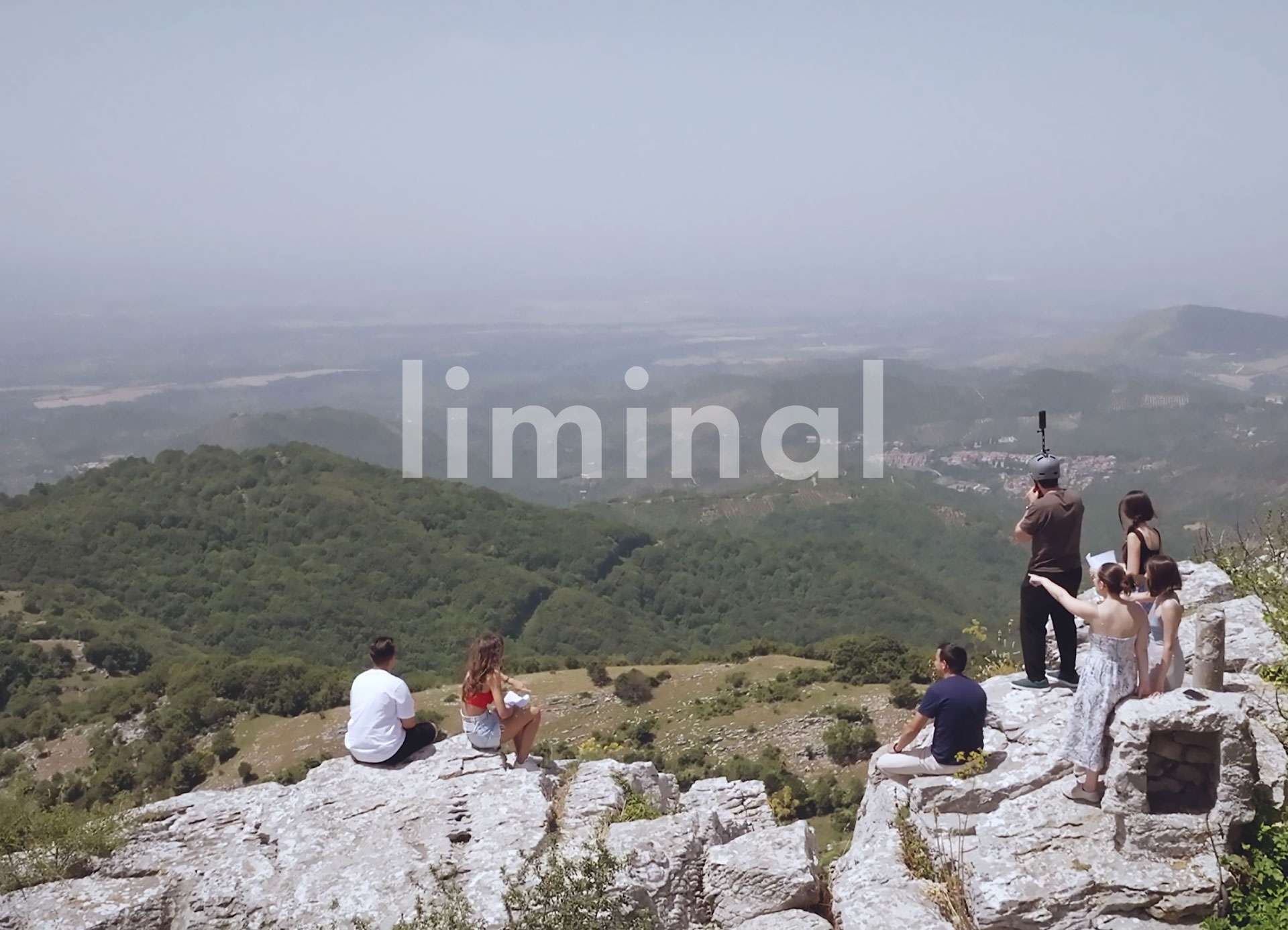The Space in Which We Are All Naked re-imagines surveillance capitalism to be in favor of the individual. The project proposes an oceanfront heterotopia of information technology where individuals can come to share, upload, and store personal information in exchange for compensation and peace of mind. Enhanced with sourveillance, the project aims to re-assert individual agency and control over personal data by providing users with an avenue to be fairly compensated for their behavioral information. The project was developed within the context of the University of Calgary.
KOOZ What prompted the project?
LF Today we live in a digital panopticon. Our personal information is worth more than land or oil, and we have become the commodity. Data from our online activity is evaporating into digital traces of ourselves, producing a trillion-dollar industry of information. We are giving away everything for nothing.
KOOZ What questions does the project raise and which does it address?
LF The project emerged from curiosity on how the nexus of place and power manifests itself in the city. In analyzing spatial organizational systems that implement power, the panopticon and cyberspace became initial spaces of interest, as they are cultural environments that are fueled by visibility and a conscious publicness.
KOOZ How does the project approach and elaborate upon Michel Foucault's theories?
LF Elaborating on Michel Foucalt’s concept of heterotopia and deconstructing spatial organization systems, a new order emerges to disrupt normality and break down limits within and between places by creating spaces of ‘otherness.’ Exposing all physical boundaries and pathways, increasing visibility through a non-hierarchal organization. Intersecting major elements unique to the system to generate vulnerable interaction and spectacle. And lastly, disorganizing smaller segments along the promenade adding to the permeability of the infrastructure.
A system of opening and closing – the project is open yet protected and shielded from the outside world. Upon arrival, users have the choice to upload or not upload their personal information.
Exposing barriers between public and private – as private information is shared among friends, connected to other friends’ circles of family, employers and peers, the project aggregates private realms of public life. Undressing in the change room removes one’s personal firewall, authorizing access to private networks.
It is a different kind of time – The oceanfront demands more time and entices users to stay, the growing permanence of personal and past experiences influences social relationships and individual sense of identity. Digital traces of loved ones are readily available to be brought back into our consciousness in the User Archives.
Between reality and illusion – The project is a space of otherness, outside normality of everyday life. The ambiguity of being watched adds a layer of psychological complexity as individuals continue to produce data for consumption by others.
Our information is retrieved, collected and mined for marketing tactics fueling the economic order we live in today. Without a threat for legislative rights to our personal information, these companies can continue to update agreement terms and profit from our information.
KOOZ What are in your opinion the problems with the current state of 'surveillance capitalism' and the digital economy society we have developed and inhabit?
LF Google, Facebook, Amazon, and other Big Tech companies have inserted themselves so deeply into our lives, and have control over our hearts and minds. Our information is retrieved, collected and mined for marketing tactics fueling the economic order we live in today. Without a threat for legislative rights to our personal information, these companies can continue to update agreement terms and profit from our information.
KOOZ With the exponential advent of technology permeating every aspect of our lives, how does the project approach the role of the architect and the power of architecture within our contemporary/future society?
LF The project is comprised of two programs - a supercomputing data center for processing information, and a sandy beach to escape the regularity of everyday life. Although the beach appears a to be a freeing space, the slightest gesture, the briefest glance is passively monitored. There is a constant tension between the beach as an individual experience and the beach as a cultural arena, impregnated with rules, routines and rituals.
KOOZ How and to what extent do you envision this changing in the next fifty years? To what extent will the architect be constructing with pixels rather than brick and mortar?
LF Interesting even in todays climate, as we continue to work remotely perceiving space and time through google maps and search engines, we as architects are in some way already a form of AI as we parade on site with access to unlimited information at the click of a button.
KOOZ What is for you the architect's most important tool?
LF The architect’s greatest tool is to perceive the world in all its stillness yet work with a sort of agency. It seems advantageous as architects to assume we can solve all the worldly issues, but we can challenge systems of power through ideation in seeing the potential.





